
It is difficult to find some people who do not like tomatoes, usually in countless varieties of salads, but also stuffed, as an integral element of sauces, fried, steamed, stewed and in many other ways. Depending on the variety, its use changes: raf, beef heart, kumato, cherry, perita, etc.
In Italy they make a dish called "la caponata" that mixes tomato with eggplant, garlic, onion, olives or celery, it is a kind of stew that is eaten cold or warm. It is a truly exquisite dish.
The tomato, not only enriches our recipes but also provides many health benefits apart from keeping away from our garden a variety of insects such as mosquitoes in the summer for example.
The tomato is native to the American continent and in Europe, in its beginnings it was initially used only as an ornamental plant and only in the late eighteenth century began to be cultivated for consumption.
You probably buy tomatoes at the greengrocer's or supermarket like most people, because you live in an apartment or in a place where you don't have space to grow them. Or you just don't like to garden.
Anyway, either as a curiosity or as a way to learn new things, eat vegetables grown in an organic, ecological and healthy way and save money, I explain you how I grow tomatoes in my home garden.
Here we go!
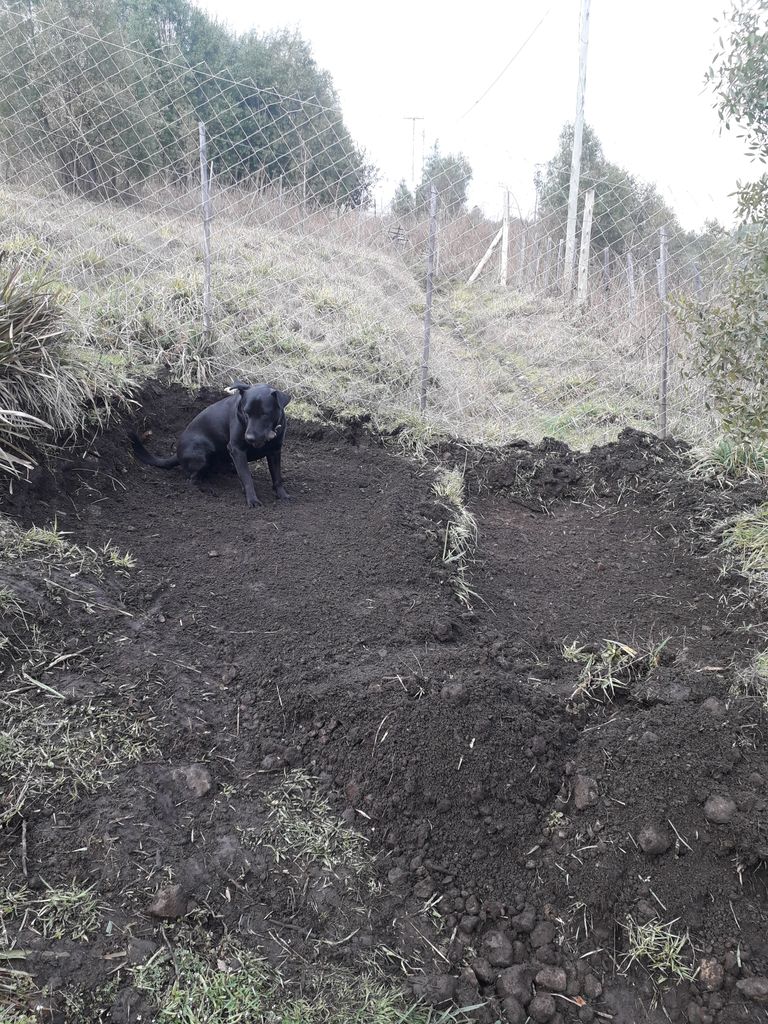
Es difícil encontrar a algunas personas a quien no le guste el tomate, en incontables variedades de ensaladas generalmente, pero también relleno, como elemento integrante de las salsas, frito, al vapor, guisado y en muchas otras formas. Depende de la variedad su uso cambia: raf, corazón de buey, kumato, cherry, perita, etc.
En Italia se confecciona un plato llamado "la caponata" que mezcla el tomate con la berenjena, el ajo, la cebolla, las aceitunas o el apio, se hace una especie de guisado que se come frio o templado. Es un plato verdaderamente exquisito.
Y es que el tomate, no sólo enriquece nuestras recetas sino que aporta muchos beneficios para la salud aparte de mantener lejos de nuestro huerto diversa variedad de insectos como mosquitos en el verano por ejemplo.
El tomate es originario del continente americano y en Europa, en sus inicios fue utilizada inicialmente solo como planta ornamental y recién a finales del siglo XVIII comenzó a ser cultivada para su consumo.
También seguramente compras el tomate en la verdulería o en el supermercado como la mayor parte de las personas, porque vives en un departamento o en un lugar donde no tienes espacio para cultivarlo. O directamente no te gusta la huerta.
De cualquier manera ya sea como curiosidad o como medio para aprender cosas nuevas, comer verduras cultivadas en manera orgánica, ecológica y saludable y de paso ahorrar dinero, te explico como cultivo el tomate en la huerta de mi casa.
Ahí vamos!
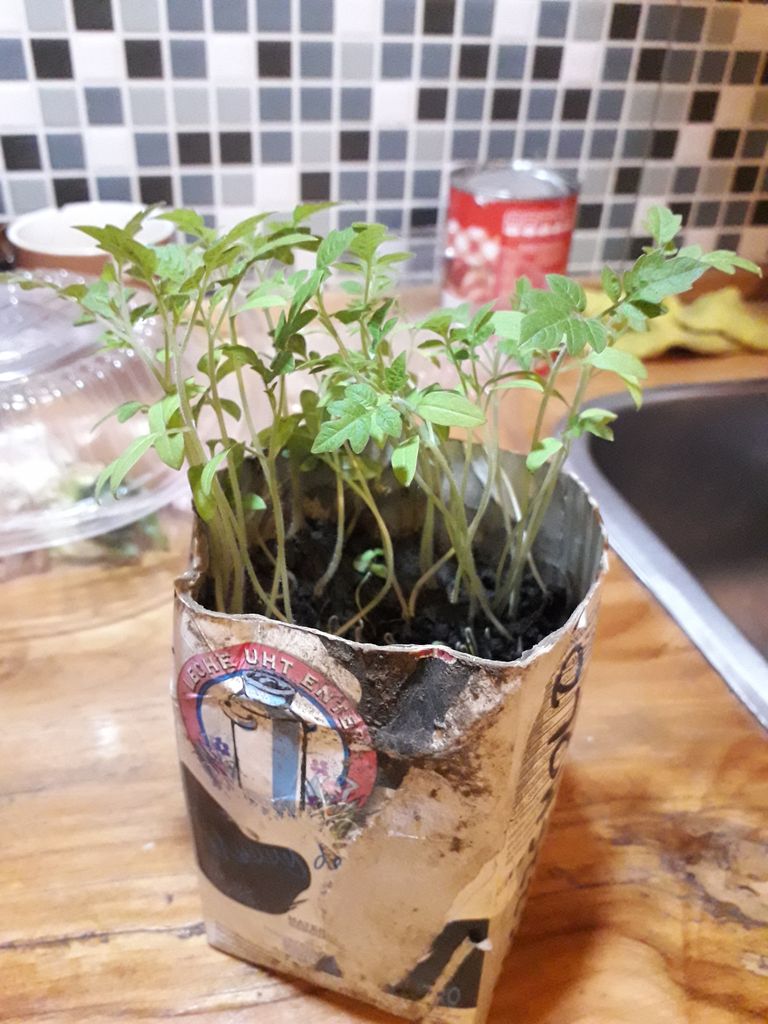
First I want to clarify that the work has been divided into two stages:
a) The first one refers to the sowing of the seeds in a protected environment (for example inside our house) in flowerpots or centenedores of any type. Remember that the seeds must be sown in winter so that they are already grown at the beginning of spring when we must transplant them to the open.
b) The second stage is the true and proper transplant, being very careful not to break the stem of the seedlings, which is still quite weak. Usually tomato plants have to be transplanted when they are at least 15-20 centimeters tall.
If we are not sure about the weather conditions (some cold days still come at the beginning of spring) it is convenient to protect them with a preferably transparent plastic cloth so that they absorb heat and luminosity during the day of the sun's rays.
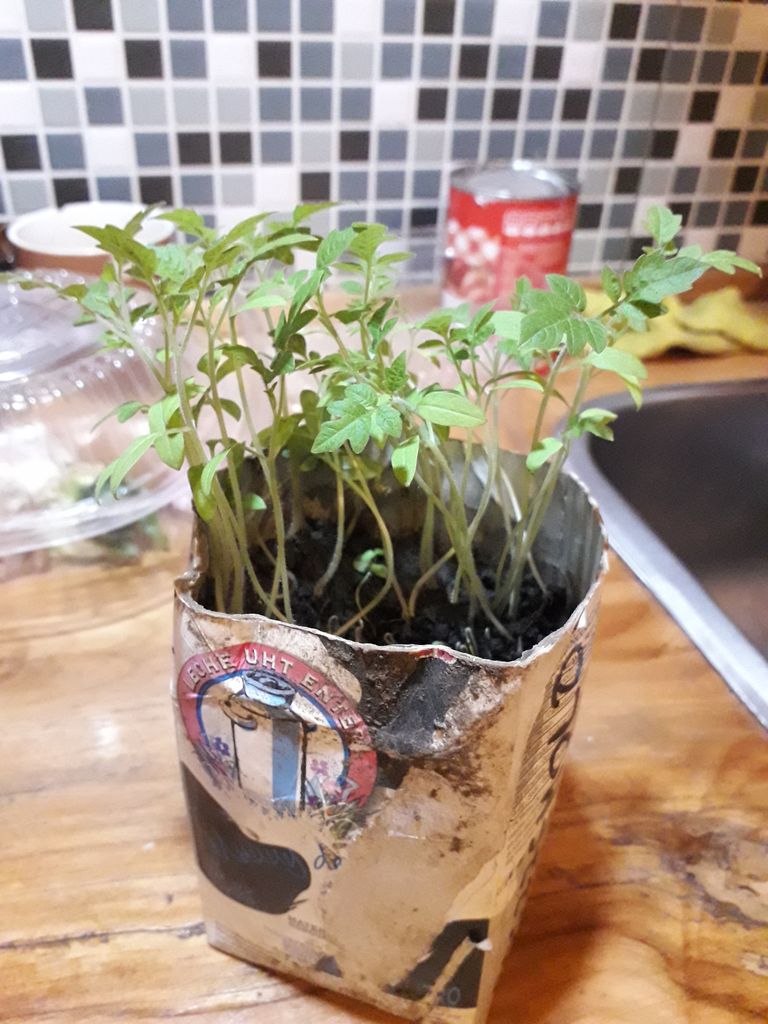
Primero les quiero aclarar que el trabajo ha sido dividido en dos etapas:
a) La primera se refiere a la siembra de las semillas en un ambiente protegido (por ejemplo dentro de nuestra casa) en maceteros o centenedores de cualquier tipo. Recordemos que las semillas deben ser sembradas en invierno para que ya estén crecidas al inicio de la primavera cuando debemos trasplantarlas al abierto.
b) La segunda etapa es el trasplante verdadero y propio teniendo mucho cuidado en no romper el tallo de las plantitas que es todavía bastante débil. Normalmente las plantas de tomate se tienen que trasplantar cuando tengan al menos 15-20 centímetros de altura.
Si no estamos seguros de las condiciones climáticas (a inicios de primavera todavia vienen algunos días de frio) es conveniente protegerlas con una tela plástica preferentemente transparente para que vayan absorbiendo el calor y la luminosidad durante el dia de los rayos del sol.
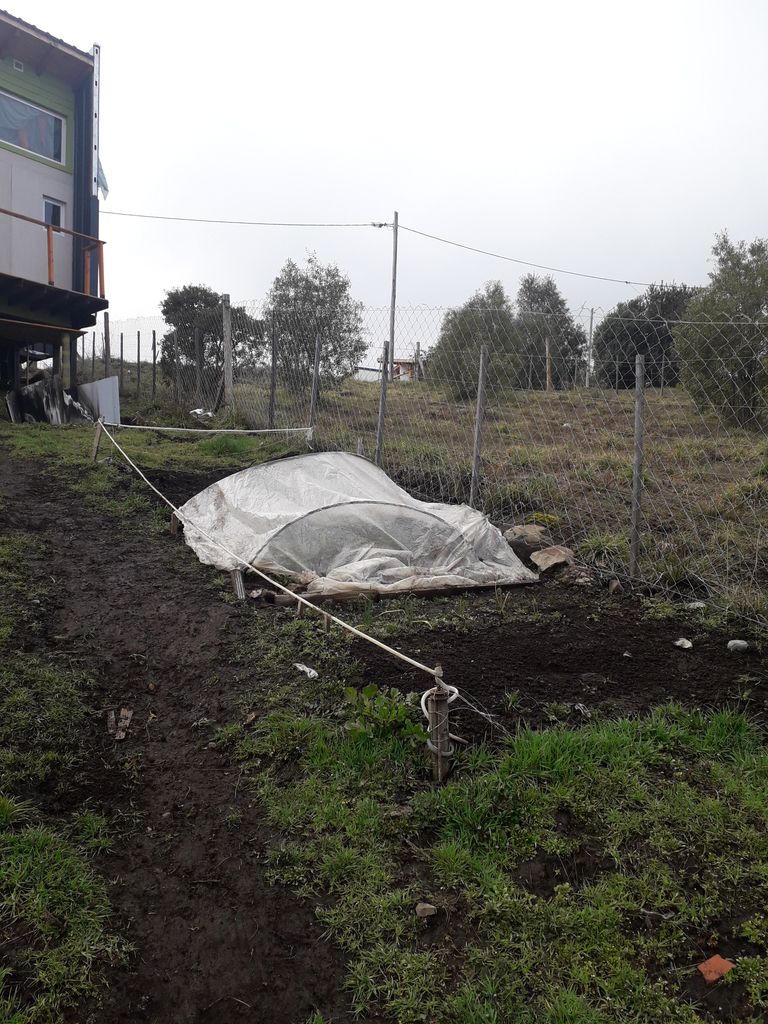
A delicate operation: the transplant to land / Una operación delicada: el trasplante a tierra.
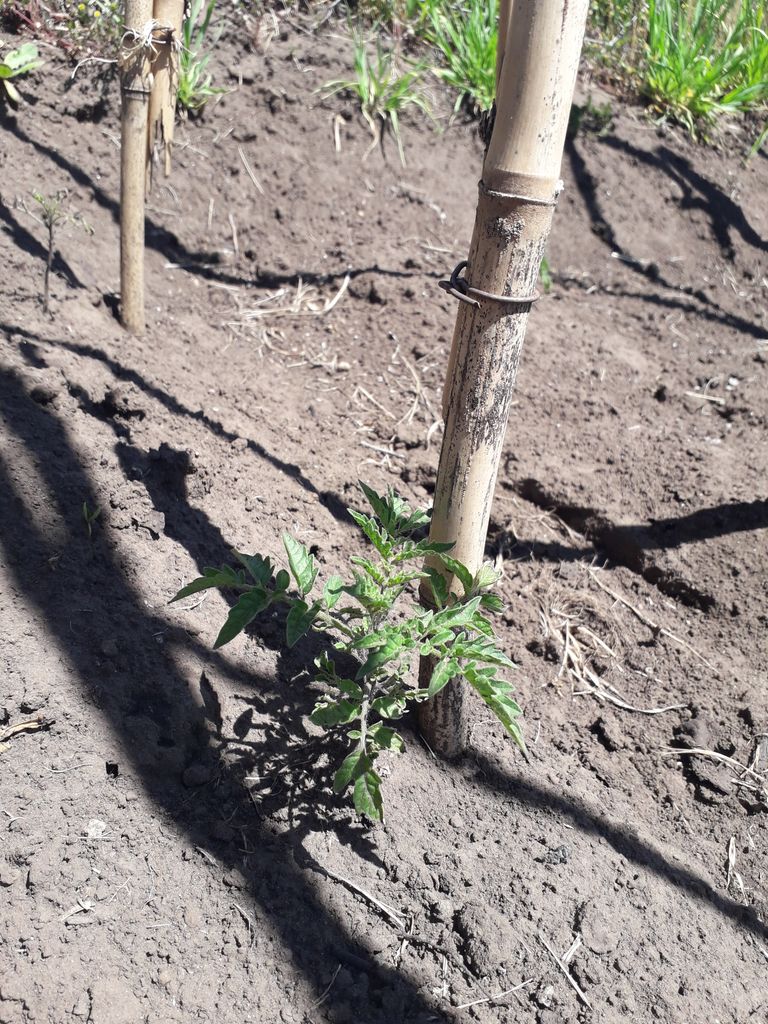
A delicate operation: the transplant to land / A delicate operation: the transplant to land.
The transplant operation is one of the most delicate because we must treat the plant very gently and delicately to spoil its stem, especially if it is not yet well developed.
We must make a hole in the earth (that is not too compacted) and bury the tomato seedling about 8-10 centimeters deep. Bring the soil gently and water it abundantly so that no air remains inside the hole in which we have transplanted the tomato seedling.
We will realize that there is no more air when the water bubbles stop coming out.
For greater security we place a guardian next to it carefully so as not to move the newly planted root and we tie it to the plant to keep it straight.
When the roots settle in the ground, they will keep it straight by the natural force of the plant and its stem. Pro that may take a couple of days or more. If we do not tie it, the plant will remain in the ground at the mercy of insects, ants, it will fill with earth, etc., and it will run the risk of dying. Hence the importance of gently tying it to the tutor.
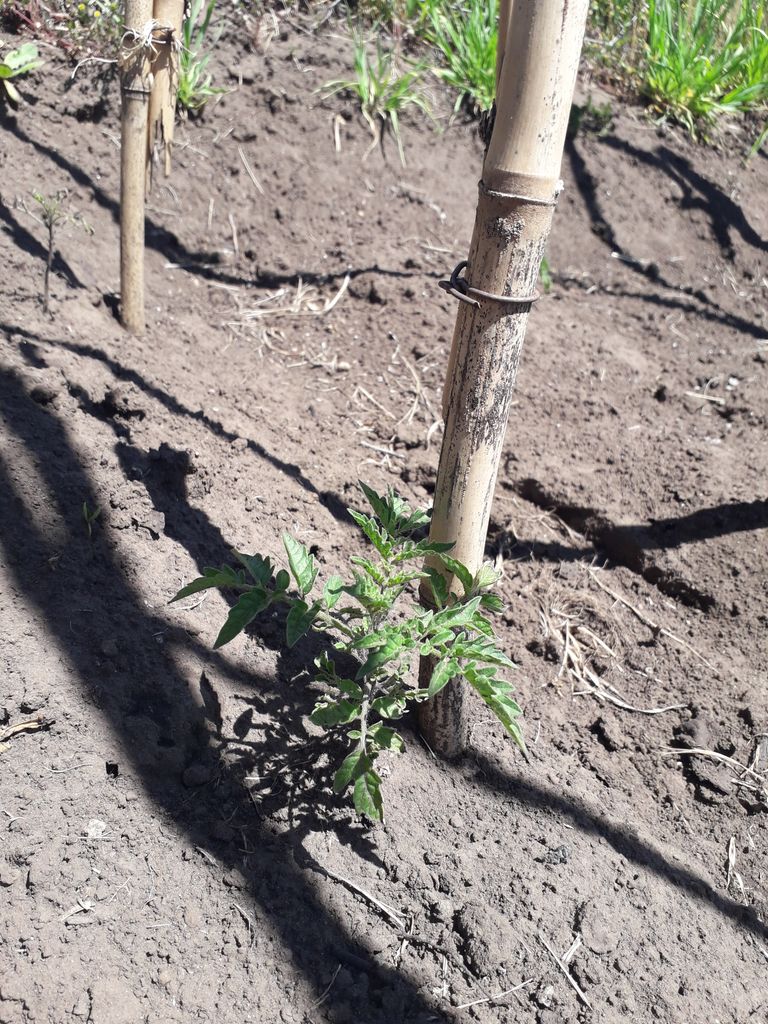
La operación del trasplante es una de las más delicadas porque debemos tratar a la plantita con mucha suavidad y delicadeza para su estropear su tallo, especialmente si todavía no está muy desarrollada.
Debemos hacer un orificio en la tierra (que no esté demasiado compactada) y enterrar el plantón de tomate unos 8-10 centímetros de profundidad. Arrimar la tierra con suavidad y regarla abundantemente de manera que no quede aire dentro del agujero en el que hemos trasplantado el plantín de tomate.
Nos vamos a dar cuenta que no hay más aire cuando dejen de salir hacia afuera las burbujas del agua.
Para mayor seguridad le colocamos un tutor al lado con cuidado para no mover la raíz recién plantada y lo atamos a la plantita para mantenerla derecha.
Las raíces al afincarse en la tierra la van a mantener derecha por la propia fuerza natural de la planta y de su tallo. Pro eso puede tardar un par de días o más. Si no la atamos la plantita quedará en el suelo a merced de insectos, hormigas, se llenarás de tierra etc y correrá riesgo de morir. De ahí la importancia de atarla suavemente al tutor.
The pruning of the tomato is a fundamental task for the production of the plant. / La poda del tomate es una tarea fundamental para la producción de la planta.
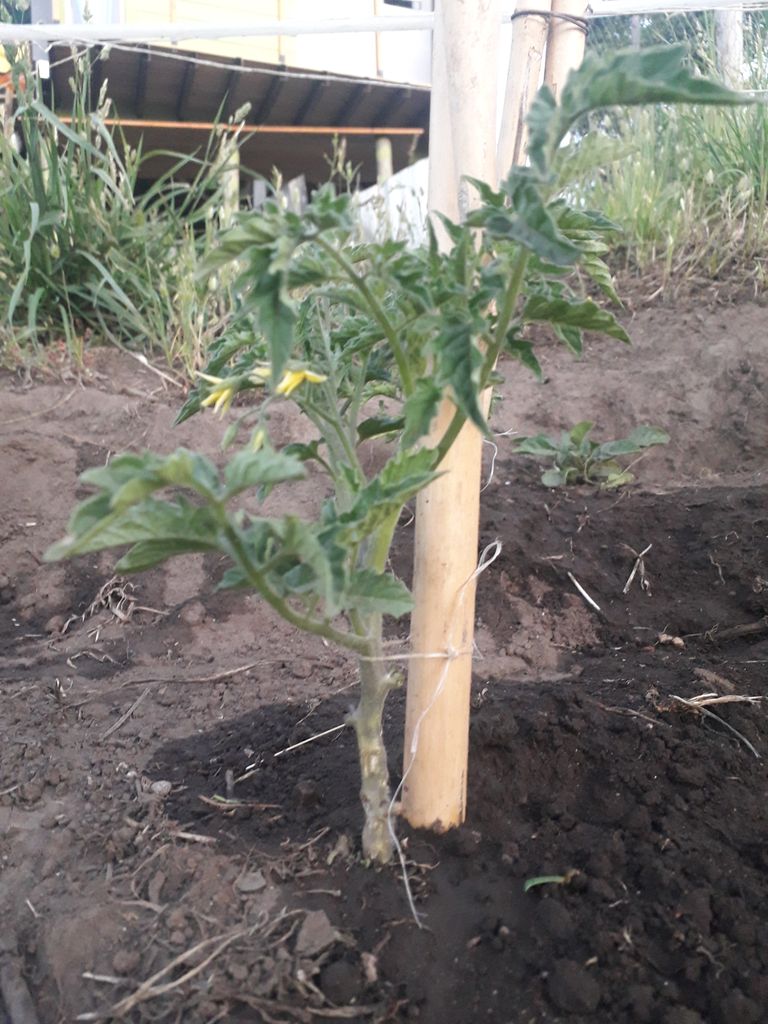
If transplantation is an important operation for the plant to survive, pruning is so that the plant gives us a good production of tomatoes.
If we let it grow indefinitely, it will be all leaves and very few tomatoes. It is necessary to find the right balance and that the newly hatched tomatoes are exposed to the sun to grow and ripen to their fullness. If they are covered by leaves that will not happen.
The first part of the pruning refers to the lower part of the plant to prevent the leaves from touching the ground and contaminating the plant with insects, fungi and other pests. The first 20-30 centimeters of the trunk must be absolutely free of leaves so that it is strengthened and gives the necessary nourishment to the plant with the strength of its roots.
From then on, with at least weekly frequency, we must keep the plant clean of the so-called "suckers", large branches with dark colored leaves that grow below the buds and do not generate flowers and therefore neither tomatoes, contributing to weaken the plant.
It is very important to leave the flowers clean of leaves and exposed to the sun.
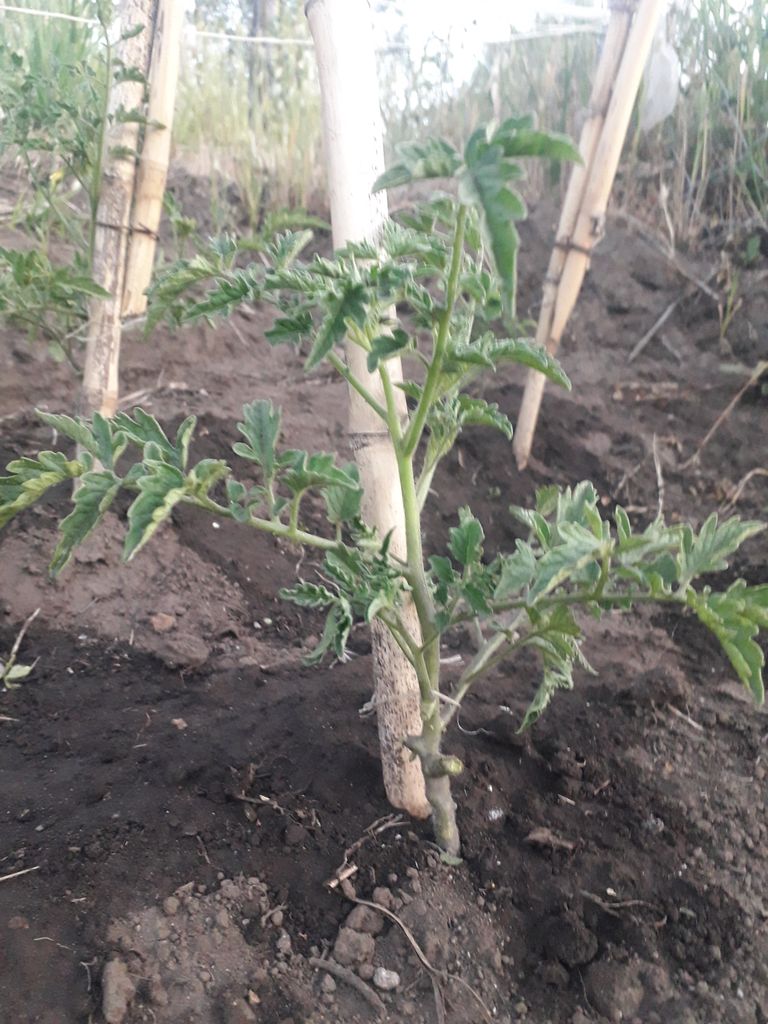
Si el trasplante es una operación importante para que la planta sobrevida, la poda lo es para que la planta nos de una buena producción de tomates.
Si dejamos que crezca indefinidamente será todo hojas y muy pocos tomates. Es necesario encontrar el equilibrio justo y que los tomates recién nacidos queden expuestos al sol para crecer y madurar en su plenitud. Si están padados por hojas eso no va a ocurrir.
La primera parte de la poda se refiere a la parte baja de la planta para evitar que las hojas toquen el suelo y contaminen la planta con insectos, hongos y demás plagas. Los primeros 20-30 centímetros del tronco deben estar absolutamente libres de hojas para que éste se fortalezca y le de el necesario nutrimiento a la planta con la fuerza de sus raíces.
De ahí en más con una frecuencia al menos semanal deberemos mantener la planta limpia de los llamados "chupones", grandes ramas con hojas de un color oscuro que nacen por debajo de las yemas y no generan flores y por ende tampoco tomates contribuyendo a debilitar la planta.
Es muy importante dejar las flores limpias de hojas y expuestas al sol.
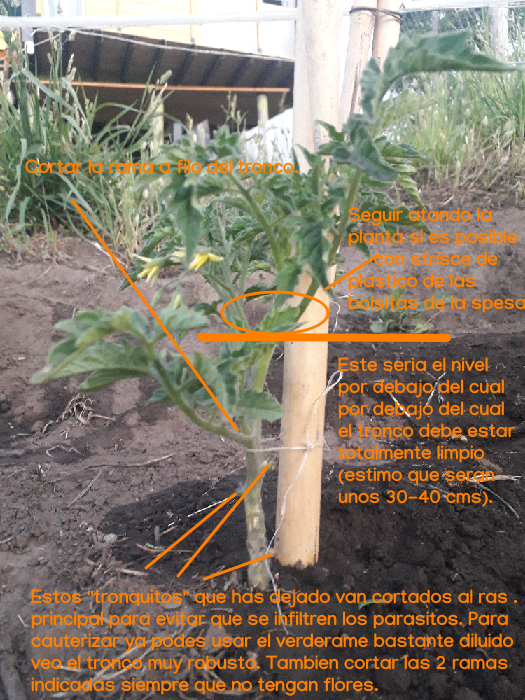
Work completed and awaiting results. / Trabajo terminado y en espera de los resultados
After having carried out all the previous tasks, we dedicated ourselves together with my inseparable friend to see the tomato plants grow and, within a few months, to dream of the long-awaited fruits.
I will surely keep you informed about the evolution of plants until they reach their final journey.
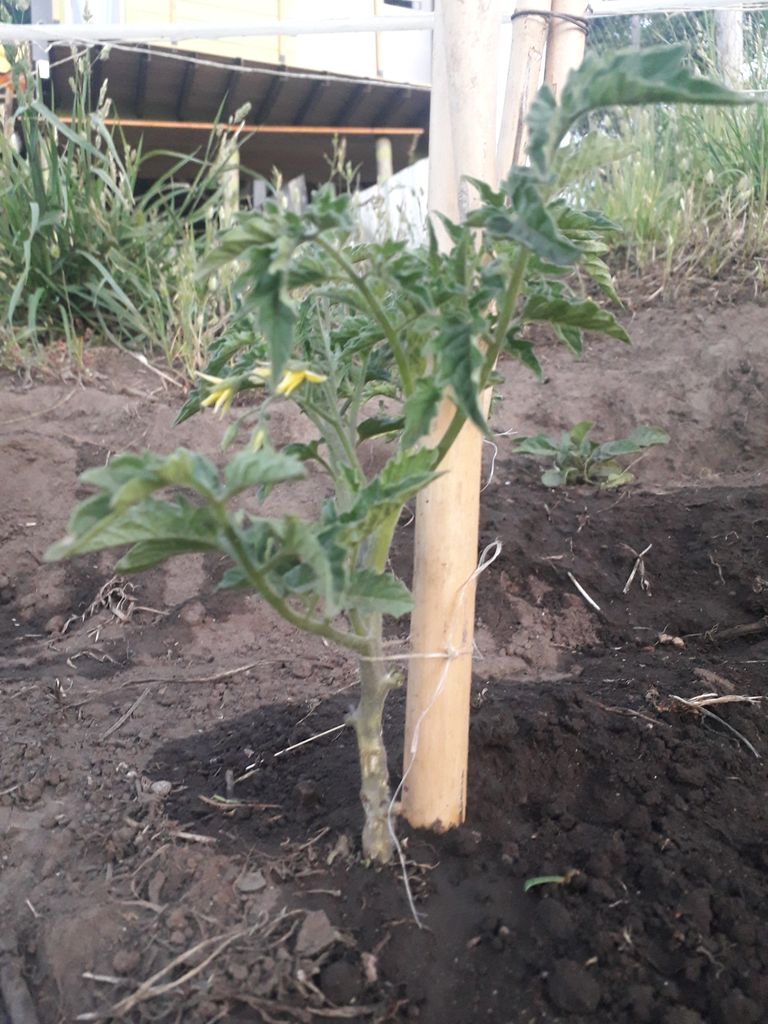
Después de haber realizado todas las tareas previas nos dedicamos junto con mi inseparable amigo a ver las plantas de tomates crecer y, dentro de algunos meses, soñar con los tan ansiados frutos.
Los voy a tener informados seguramente sobre la evolución de las plantas hasta llegar a su recorrido final.
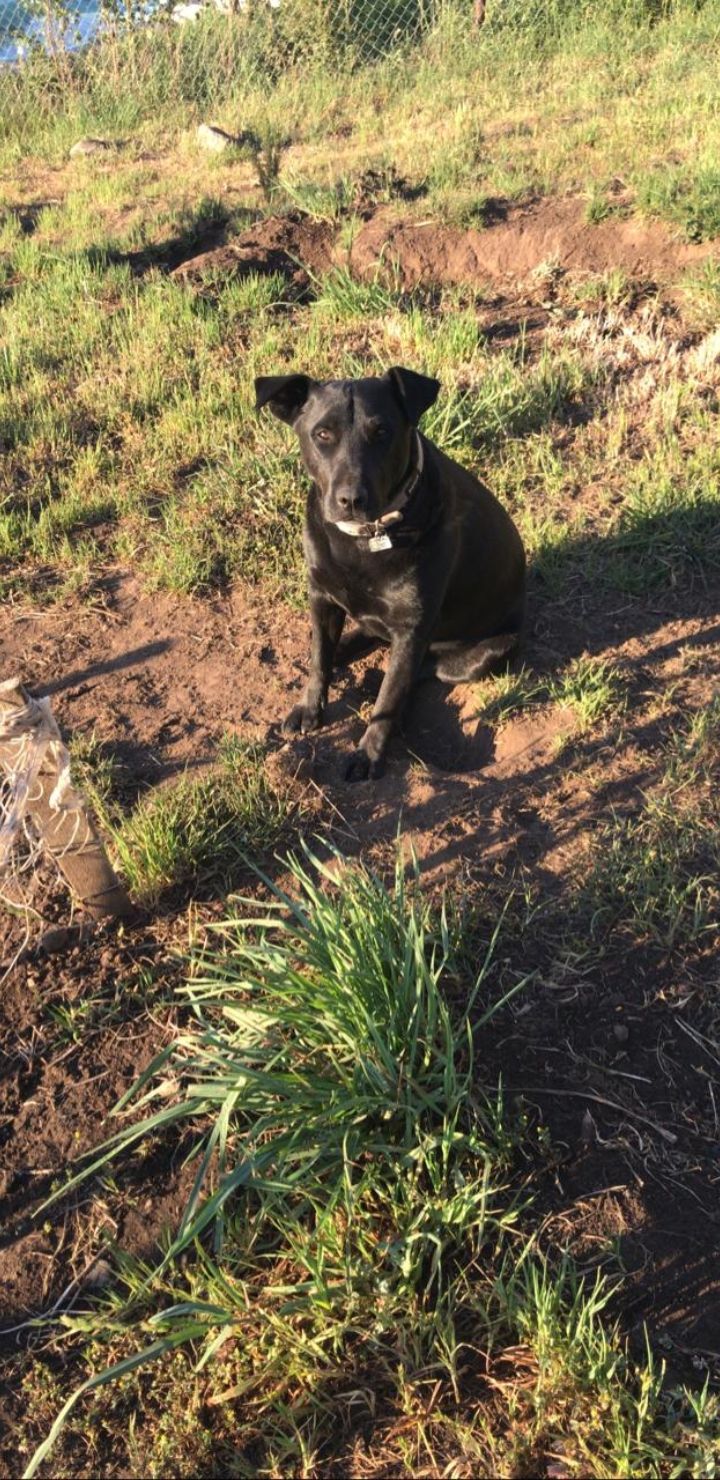
The initial image of the post with the picked tomatoes corresponds to last year's harvest and corresponds to the variety commonly called "cherry" -
While the plants are always protected and guarded from any "external attack" by my favorite guardian.
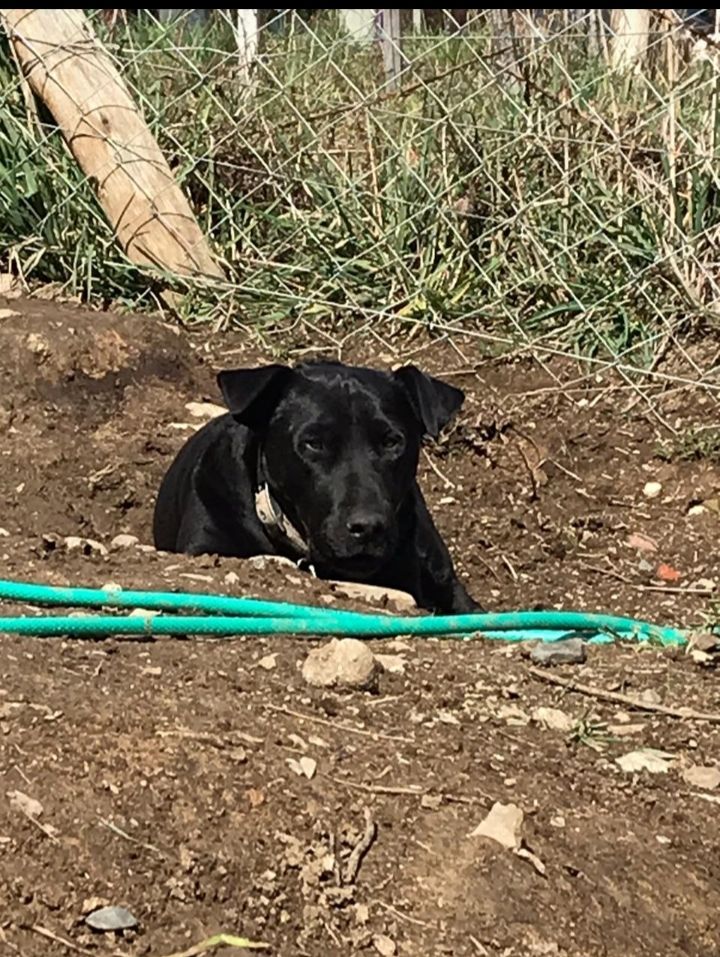
La imagen inicial del post con los tomates recogidos corresponde a la cosecha del año pasado y corresponde a la variedad llamada comúnmente "cherry"-
Mientras las plantas está siempre protegidas y custodiadas de cualquier "ataque externo" por mi guardián favorito.

Thanks for reading!!
Gracias por leer!!

| Blogs, Sitios Web y Redes Sociales / Blogs, Webs & Social Networks | Plataformas de Contenidos/ Contents Platforms |
|---|---|
| Mi Blog / My Blog | Los Apuntes de Tux |
| Mi Blog / My Blog | El Mundo de Ubuntu |
| Mi Blog / My Blog | Nel Regno di Linux |
| Mi Blog / My Blog | Linuxlandit & The Conqueror Worm |
| Mi Blog / My Blog | Pianeta Ubuntu |
| Mi Blog / My Blog | Re Ubuntu |
| Mi Blog / My Blog | Nel Regno di Ubuntu |
| Red Social Twitter / Twitter Social Network | @hugorep |
| Blurt Official | Blurt.one | BeBlurt | Blurt Buzz |
|---|---|---|---|
 |  |  |  |

Telegram and Whatsapp
Thank you for curating and supporting my content.
Upvoted. Thank You for sending some of your rewards to @null. Read my last posts to make sure that BLURT burning is profitable for you. Before using this bot please make sure your account has at least 100 BP. Get more BLURT:
@ mariuszkarowski/how-to-get-automatic-upvote-from-my-accounts@ blurtbooster/blurt-booster-introduction-rules-and-guidelines-1699999662965@ nalexadre/blurt-nexus-creating-an-affiliate-account-1700008765859@ kryptodenno - win BLURT POWER delegationNote: This bot will not vote on AI-generated content
Thanks!